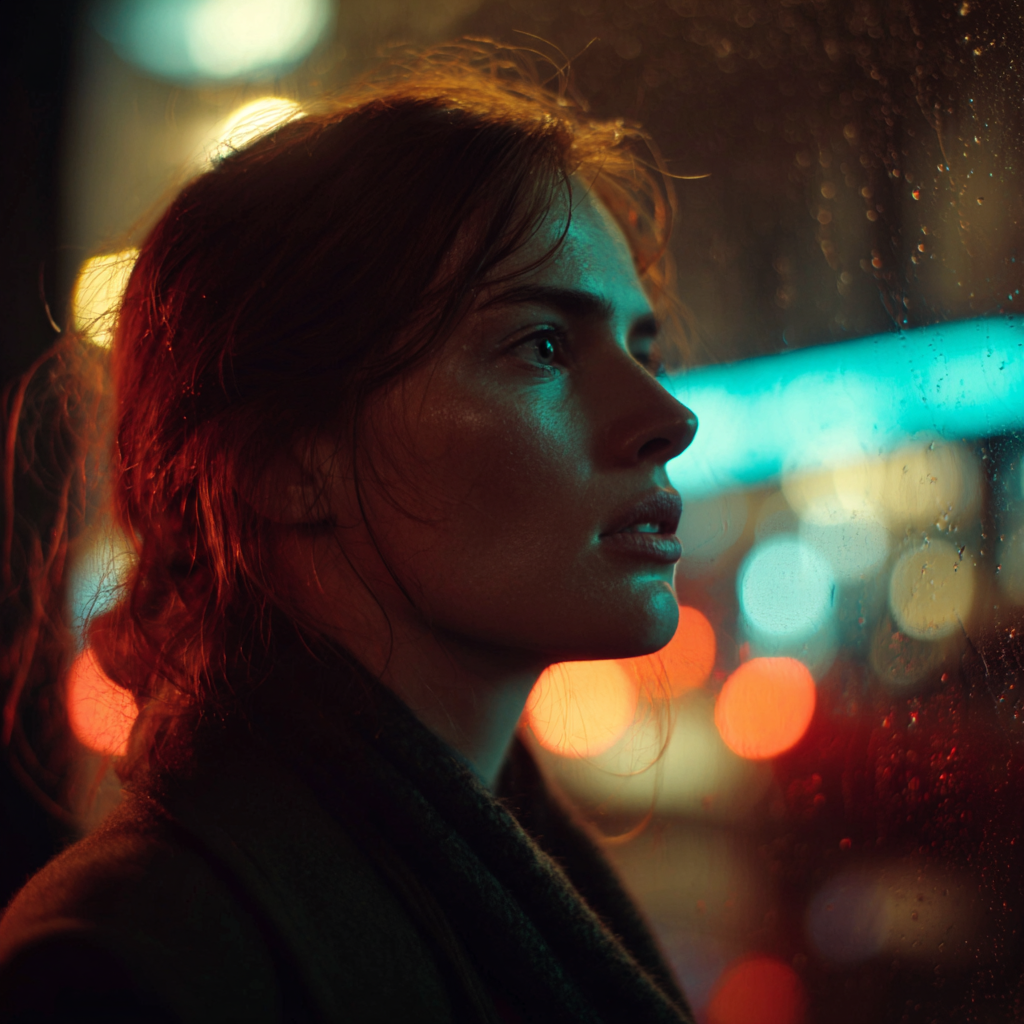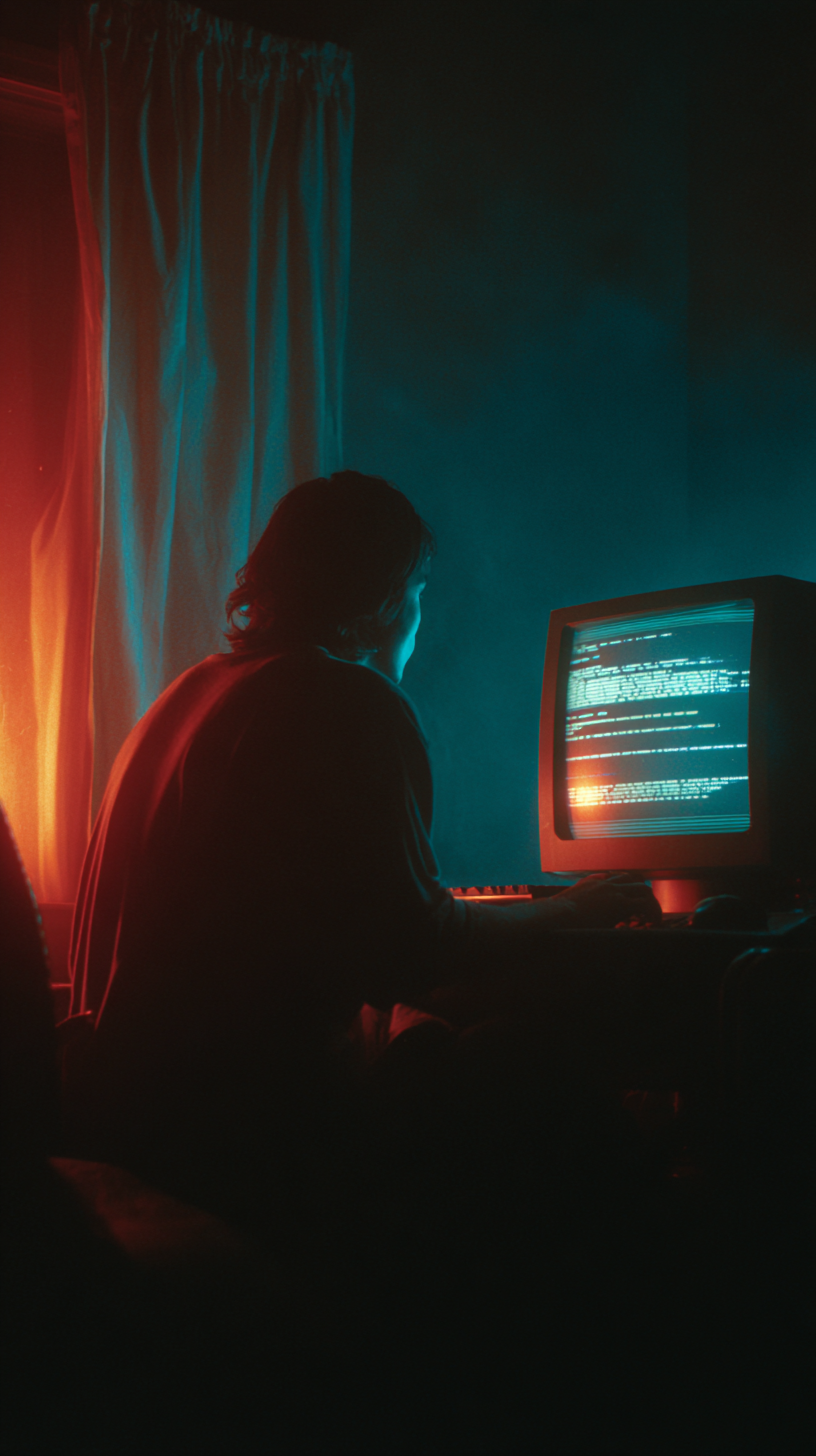
THE BEST AI TOOLS
AI Tools for AI Artists and Filmmakers
Verified by Curious Refuge Labs™
The World’s First Test Lab for Creative AI Tool Reviews
Welcome to Curious Refuge Labs™ the industry’s resource for AI tool tests. On this page our team of experts review and test AI tools for filmmakers, artists, and creative professionals. Together, our non-biased and scientific testing process is designed to give you the most accurate and helpful AI resource. Have fun, browse around, and feel free to submit a tool you want to see it included on this page.
AI VIDEO TOOLS
A collection of the best AI video tools for filmmaking, advertising, and animation, independently reviewed by our team of AI experts.
AI IMAGE TOOLS
A collection of the best AI image tools for filmmaking, advertising, and animation, independently reviewed by our team of AI experts.
AI LANGUAGE TOOLS
A collection of the best AI language tools for filmmaking, advertising, and animation, independently reviewed by our team of AI experts.
AI CONSISTENCY TOOLS
A collection of the best AI consistency tools for filmmaking, advertising, and animation, independently reviewed by our team of AI experts.
AI MUSIC AND SOUND EFFECTS TOOLS
A collection of the best AI music tools for filmmaking, advertising, and animation, independently reviewed by our team of AI experts.
AI IMAGE EDITING TOOLS
A collection of the best AI image editing tools for filmmaking, advertising, and animation, independently reviewed by our team of AI experts.
AI VFX TOOLS
A collection of the best AI VFX tools for filmmaking, advertising, and animation, independently reviewed by our team of AI experts.
AI QUALITY ENHANCEMENT TOOLS
A collection of the best AI quality enhancement tools for filmmaking, advertising, and animation, independently reviewed by our team of AI experts.
AI VOICE TOOLS
A collection of the best AI voice tools for filmmaking, advertising, and animation, independently reviewed by our team of AI experts.
We’re Ready to Review!
Wanto to Submit a Tool?
Fill out this form below. Our team would love to review and test any new tool on the market.


